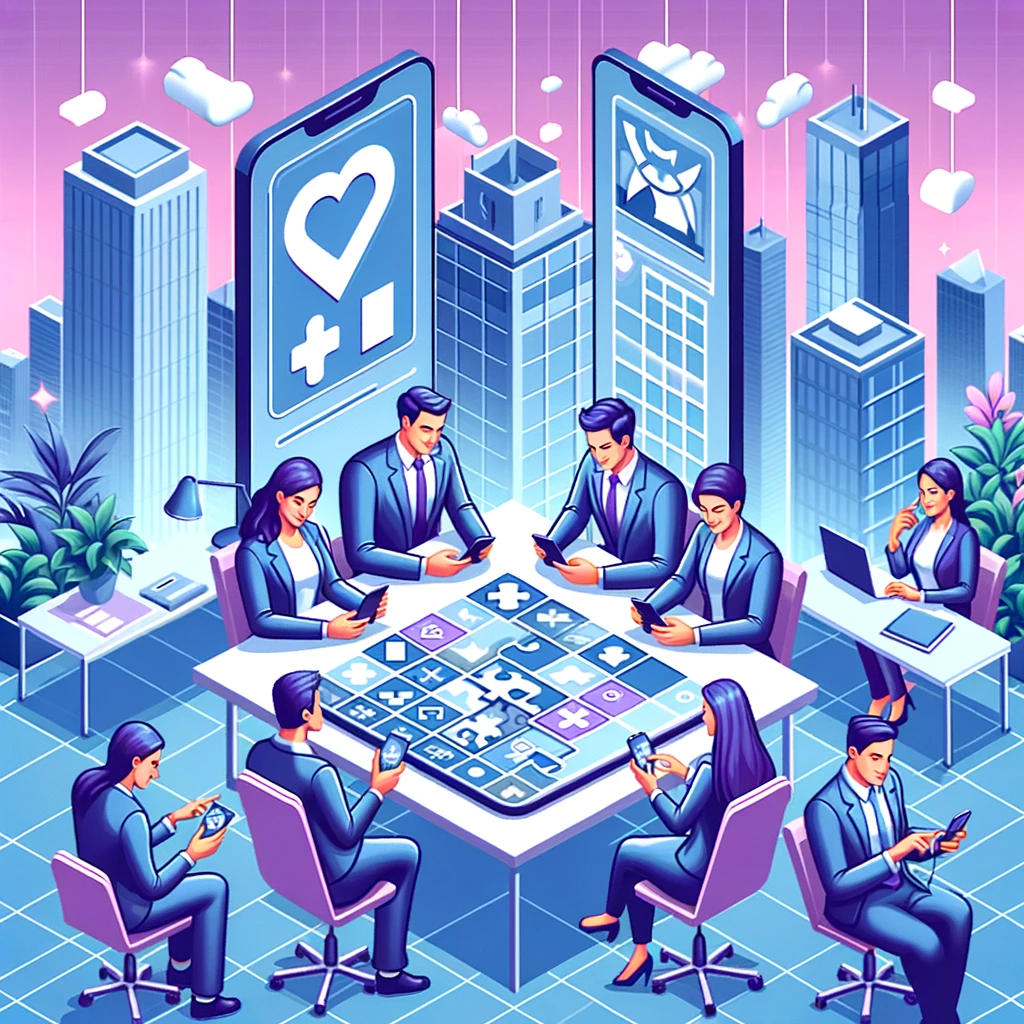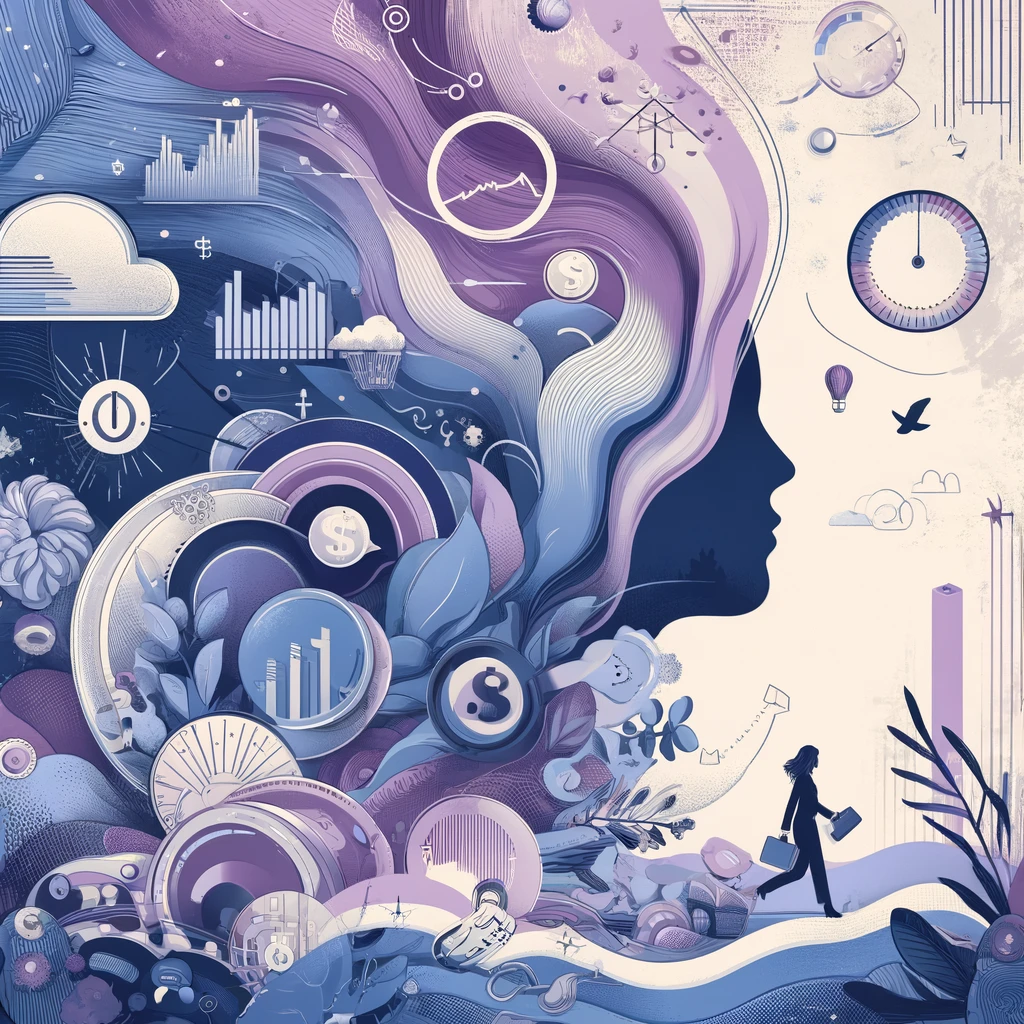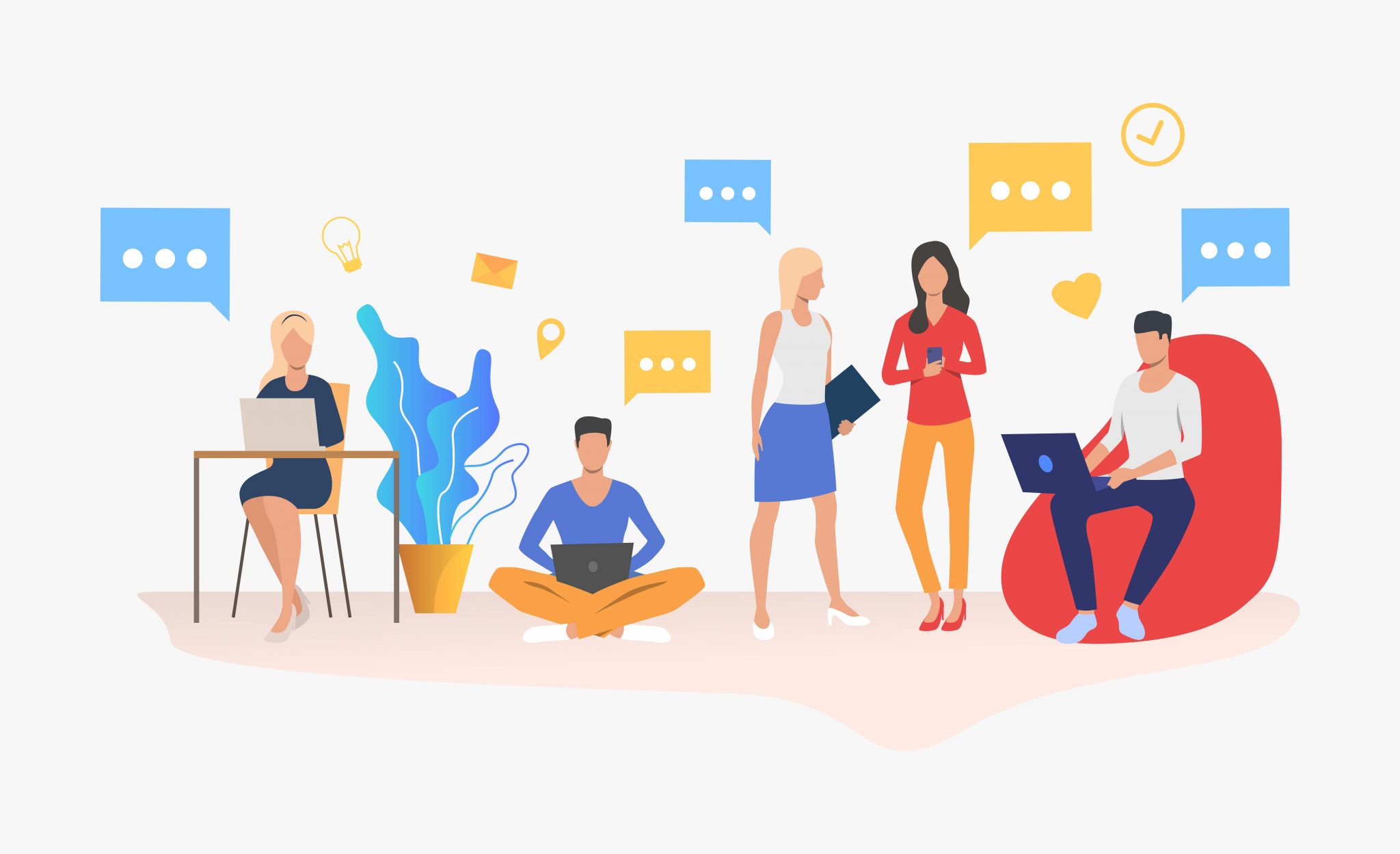Employee Engagement in the Era of Workplace Gamification
In an era where the dynamics of the workplace are constantly evolving, employee engagement remains a pivotal aspect of organizational success. One innovative approach gaining traction is the integration of gamification into work processes. This blog post explores how gamification can revolutionize employee engagement and create a more dynamic and motivating work environment.
Understanding Employee Engagement and Gamification
Employee engagement is the emotional commitment an employee has to their organization and its goals. It’s about more than just satisfaction; it’s about being actively involved and enthusiastic about one’s work. Gamification, on the other hand, involves applying game-design elements in non-game contexts. When these two concepts merge, the workplace transforms into an arena where every task can potentially be a rewarding experience.
Employee Engagement: The Gamification Strategy
Implementing gamification in the workplace can be a game-changer for employee engagement. Elements like point scoring, competition, and rewards make routine tasks more exciting. It’s not just about fun; it’s about leveraging our innate desire for achievement and recognition. When employees feel like they’re ‘playing’ rather than just ‘working’, their connection to the job intensifies.
A Zippia study indicates that, on average, gamification in the workplace leads to a 48% boost in employee engagement.

Boosting Morale with Gamified Employee Engagement
One of the key benefits of gamification is its ability to boost morale and motivation. By introducing elements like leaderboards and achievement badges, employees are encouraged to not only participate but excel. This healthy competition can lead to improved performance, with the added benefit of making work more enjoyable.
Employee Engagement Metrics and Gamification Feedback
In any employee engagement initiative, measuring success is crucial. Gamification platforms provide real-time feedback and analytics, allowing managers to track engagement levels, identify areas for improvement, and recognize top performers. This data-driven approach ensures that the gamification strategies align with the overall goals of enhancing employee engagement.
Cultivating a Collaborative Culture: Engagement and Teamwork
Gamification can also foster teamwork and collaboration. Multi-player challenges and team-based goals encourage employees to work together, enhancing the sense of community within the workplace. This collaborative spirit is a key driver of employee engagement, as it builds a supportive and interconnected work environment.
Engagement and Personalized Gamification Experiences
The beauty of gamification lies in its flexibility. Organizations can tailor gamification experiences to fit their unique culture and the individual preferences of their employees. This personalization ensures that every employee feels included and valued, further driving engagement.
Conclusion: The Future of Employee Engagement with Gamification
The integration of gamification in workplace processes is not just a passing trend; it’s a forward-thinking approach to enhancing employee engagement. By making work more enjoyable, rewarding, and collaborative, gamification has the potential to transform the traditional workplace into a more dynamic and engaging space. As we continue to explore new ways to motivate and engage employees, gamification stands out as a promising tool that can lead to happier, more productive, and deeply engaged employees.
To deepen your understanding of this topic, be sure to read our previous post, “The Difference Between Learning Games and Gamification,” which offers a comprehensive comparison and insights into how these concepts distinctly contribute to employee engagement.









